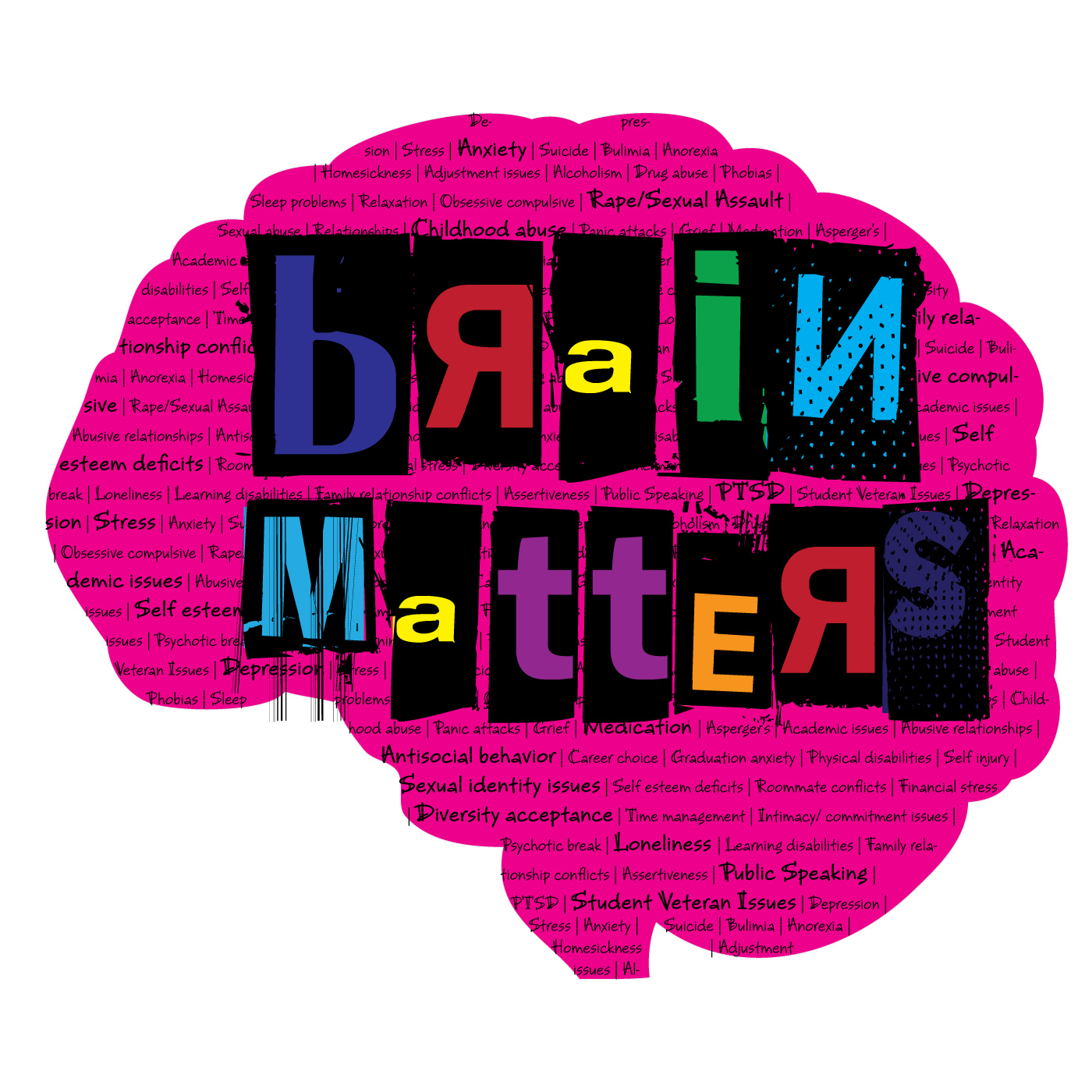
This episode is age restricted for viewers under +18
Create an account or login to confirm your age.
- After-Shows
- Alternative
- Animals
- Animation
- Arts
- Astronomy
- Automotive
- Aviation
- Baseball
- Basketball
- Beauty
- Books
- Buddhism
- Business
- Careers
- Chemistry
- Christianity
- Climate
- Comedy
- Commentary
- Courses
- Crafts
- Cricket
- Cryptocurrency
- Culture
- Daily
- Design
- Documentary
- Drama
- Earth
- Education
- Entertainment
- Entrepreneurship
- Family
- Fantasy
- Fashion
- Fiction
- Film
- Fitness
- Food
- Football
- Games
- Garden
- Golf
- Government
- Health
- Hinduism
- History
- Hobbies
- Hockey
- Home
- How-To
- Improv
- Interviews
- Investing
- Islam
- Journals
- Judaism
- Kids
- Language
- Learning
- Leisure
- Life
- Management
- Manga
- Marketing
- Mathematics
- Medicine
- Mental
- Music
- Natural
- Nature
- News
- Non-Profit
- Nutrition
- Parenting
- Performing
- Personal
- Pets
- Philosophy
- Physics
- Places
- Politics
- Relationships
- Religion
- Reviews
- Role-Playing
- Rugby
- Running
- Science
- Self-Improvement
- Sexuality
- Soccer
- Social
- Society
- Spirituality
- Sports
- Stand-Up
- Stories
- Swimming
- TV
- Tabletop
- Technology
- Tennis
- Travel
- True Crime
- Episode-Games
- Visual
- Volleyball
- Weather
- Wilderness
- Wrestling
- Other
The Adolescent Brain
What’s going on in the adolescent brain? SO much! Between ages 12 and 24 (give or take a year or two), the brain goes through a major remodel. Last week, I talked about how puberty is triggered by changes in hormone levels. Today, we’re diving into another process happening within the adolescent brain called pruning. I’ll help you understand the brain science behind what’s happening, why pruning happens and how it affects development. Changes in the Adolescent BrainThe essence of adolescence can be attributed to the changes in the brain, and one of the biggest changes happening during this time is pruning. Pruning is when the brain keeps the connections that are used frequently and discards those that don't seem to be needed anymore. It's the process that takes us from being open to anything as an elementary aged kid, to becoming an expert at a few things as an adult.Just as you would prune extra, unneeded branches from a fruit tree to increase production, the brain is pruning extra brain cells (neurons) and connections (synapses) that are no longer needed. As a young child, there is SO much to learn, and the brain is constantly creating new neurons to adapt to all of these new experiences and stimuli. At a certain point, it becomes too much, so the brain begins to prune unneeded neurons and synapses. Benefits of Pruning in AdolescentsPruning helps to make the brain more efficient and adaptable. It allows us to think and process faster, make decisions and understand things like cause and effect, time and big-picture planning. It actually makes it easier to learn because the brain is no longer so full of things that it doesn’t need anymore. And with more space, the brain lays down new connections and circuitry toward the prefrontal cortex, where cognitive function happens. You’ll start to see your tween or teen thinking about things differently and making better decisions as this process occurs. They are more able to think for themselves and become more responsible. The prefrontal cortex is also where empathy lives. Our kids will have the ability to be more empathetic when they can take on the perspectives of other people. Stress response will begin to improve. As we talked about last week, puberty creates a lot of work for the stress system in adolescent bodies, but the new circuitry in the brain will then help your kid access better coping mechanisms. Finally, pruning can affect language and communication abilities, making it easier for your teen to express themselves. This helps maintain open lines of communication, which is crucial for healthy parent-child relationships. Challenges of PruningIf you think of your kid’s brain like a house, their primal fight or flight response is the basement, the emotional limbic center is the main level and the upstairs is the part of the brain that does all the thinking.During the pruning process, the staircase is being built. But it isn’t always built in order. Some sections might be built separately or there might be stairs that lead to nowhere and need to be remodeled. It’s not always a clear, straight pathway. As you can imagine, climbing a staircase that’s missing some parts can be challenging. And sometimes the brain overprunes (like an over-eager gardener). It might cut back too many neurons and need to rebuild them. Some challenging behaviors you might see during this time are:Emotional dysregulation and mood fluctuations.Learning and academic challenges (e.g. difficulty concentrating, organizing information or adapting to new challenges). This can sometimes even look like ADHD. Identity and self-concept. As they







